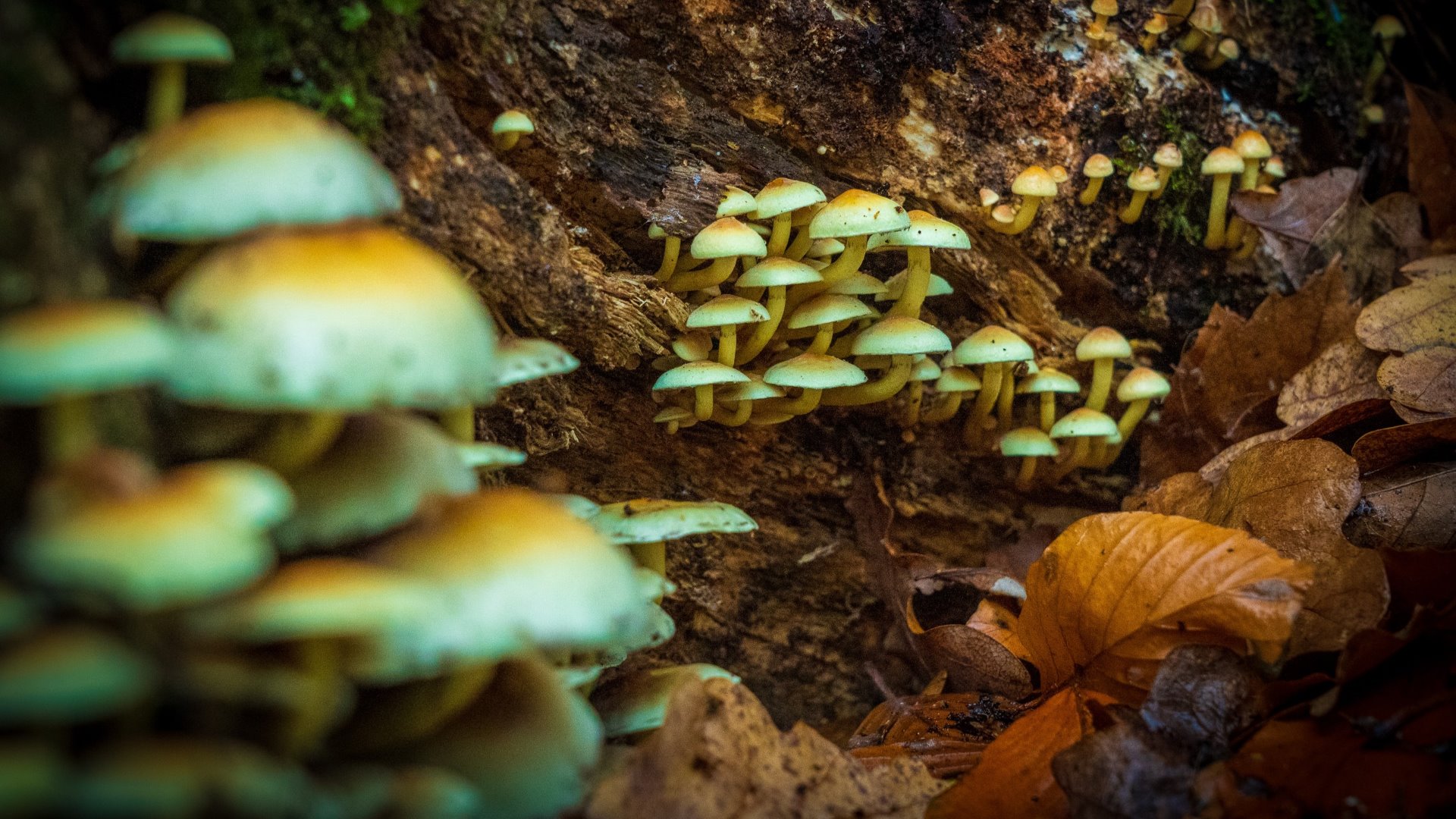The Lamen

Psychedelics promise to heal the brain, but what if they’re overhyped?
Golden top mushrooms, also known as Psilocybe cubensis, are a species of “magic mushrooms” known to produce the hallucinogenic compound psilocybin. Found thriving in local gardens and forests, psychedelics were once stigmatized recreational drugs that have experienced a surge in reputation only in the last decade.
Photo: Golden Top Mushrooms; via Unsplash
Psychedelic research experienced a rollercoaster of reputation as studying these “mind-altering” drugs became illegal in the 1970s. Sacred medicinal plants used for millennia suddenly instilled fear and attracted mistrust, Richard Nixon supposedly pronounced Timothy Leary “the most dangerous man in America,” and psychedelics became absent from research labs. Things remained at a standstill until the early 2000s, when Roland R. Griffiths’ psychedelic study won FDA approval in 2006 — one of the first in a generation.
Fast forward to the last decade, and these formerly taboo compounds have staged a comeback that promises to revolutionize psychotherapy. A growing body of research suggests psychedelic compounds can be effective for mental health disorders like anxiety, depression, substance use disorder, and post-traumatic stress disorder (PTSD), among others.
Enjoying a split personality: one that positions them as “breakthrough treatment” and another as pills of pleasure, psychedelics have exploded in popularity. Several US states plan to allow research or decriminalize psychedelic use, millions of dollars have been poured into research and startups, and federal agencies are signaling a paradigm shift.
Psychedelics are mind-altering drugs that can heal the dynamic brain
Swiss chemist Albert Hofmann invented lysergic acid diethylamide (LSD) in 1938, without yet realizing the extent of his discovery. After an accidental ingestion some years later, he concluded it was a psychoactive compound.
Hofmann sank into “a not unpleasant, intoxicated-like condition characterized by an extremely stimulated imagination,” as he “perceived an uninterrupted stream of fantastic pictures, extraordinary shapes with intense, kaleidoscopic play of colors” — describing the first intended acid trip in history, purposely ingesting 250 micrograms of LSD.
LSD (and other common psychedelics) since went from being Schedule I substances to becoming a pandemic sensation. It was in 2021, however, that psychedelics truly went mainstream, at least in the research community — looking to treat severe forms of depression.
Psychedelics can rewire your brain, landscaping the “deep wells” in a depressed brain to allow for new thoughts and perspectives, presenting the potential to heal shrunken brains.
- The largest-ever study of psilocybin showed the psychedelic drug was highly efficacious for reducing the severity of depressive symptoms.
- A study by Johns Hopkins Medicine researchers found psilocybin treatment to be effective in patients with a long-term history of depression — reducing symptoms for a year in most patients.
Altering brain structure and chemistry
- Classic psychedelics (LSD, psilocybin, DTM) work by binding to the brain’s serotonin 2A receptor, triggering multiple observable effects: increased serotonin levels in the brain, boosting neuroplasticity, and supporting the creation of new brain cells.
- Serotonergic psychedelics have been associated with increased neuritogenesis (the sprouting of neurites from a cell), spinogenesis (creation of neuronal protrusions that contain neurotransmitter receptors, organelles, and signaling systems), and synaptogenesis (the formation of synapses between neurons) at the cellular level — all markers of neuroplasticity.
- Many experts think that the acute brain-altering experience’s therapeutic effects produce a perspective shift: allowing patients to confront trauma and related triggers.
Becoming a multi-billion dollar industry
- The Food and Drug Administration released the first-ever draft guidance earlier this summer, highlighting considerations — including trial conduction, data collection, and subject safety — for researchers as they look into the treatment of conditions such as depression, PTSD, and substance use disorder.
- Multiple psychedelic drugs are currently undergoing clinical trials for the treatment of mental illnesses as billions of dollars are being poured into companies that sell these drugs.
Challenges ahead for an overhyped treatment
- The risks that come with psychedelic drugs are clear: hallucinations that might trigger psychosis. Psychedelics produce hallucinations by binding to the brain’s serotonin 2A receptor, which has scientists researching how to mitigate the effect.
- Some experts suggest that the clinical significance of psychedelics has been blown out of proportion, fearing a “bubble-bursting moment.”
Psychedelic use has increased steadily among adults, with over 5.5 million people in the U.S. using some psychedelic in 2019. While accumulating evidence supports the use of certain hallucinogens for cognitive benefits, gaps in knowledge have kept experts from implementing widespread applications.